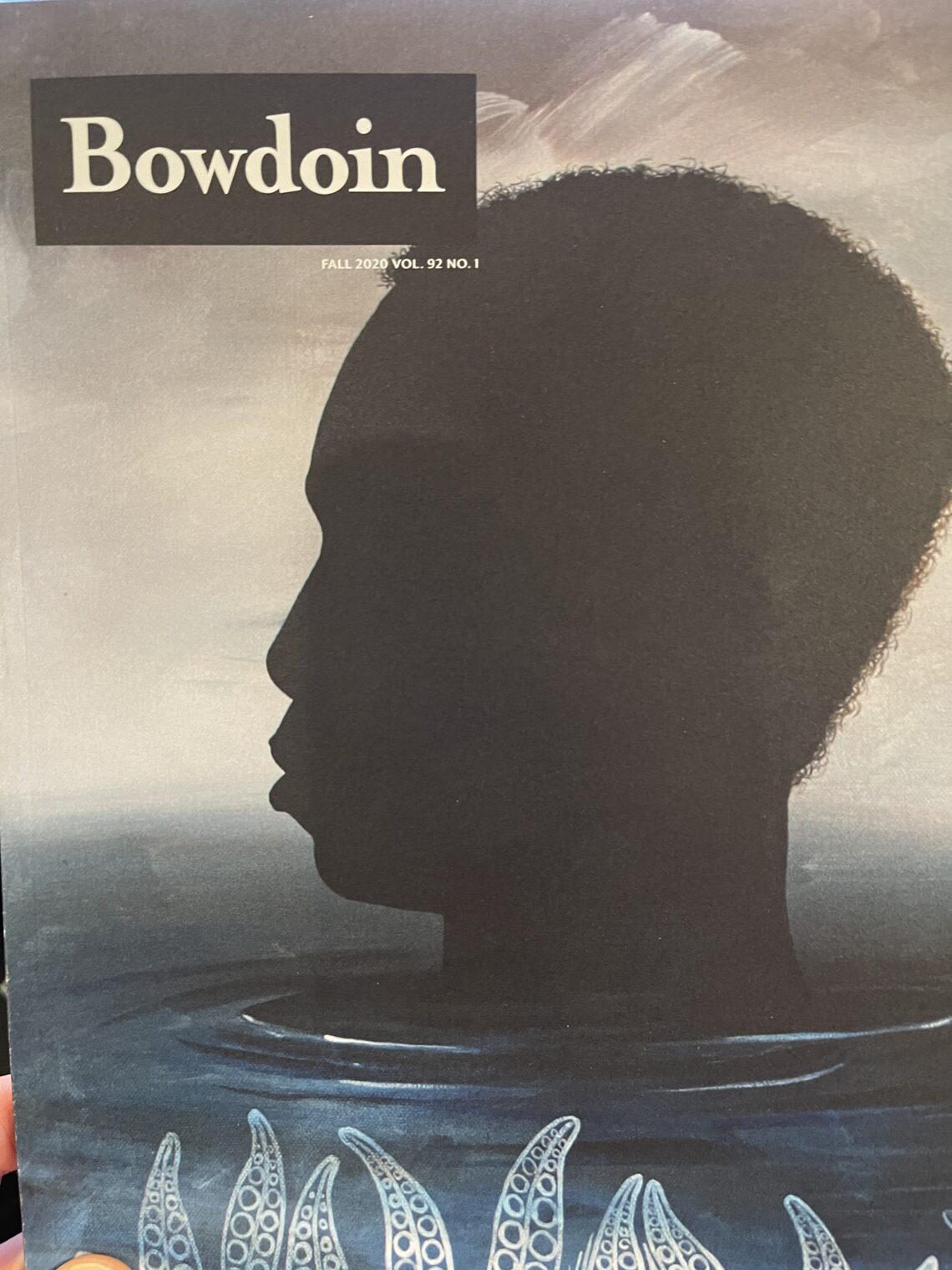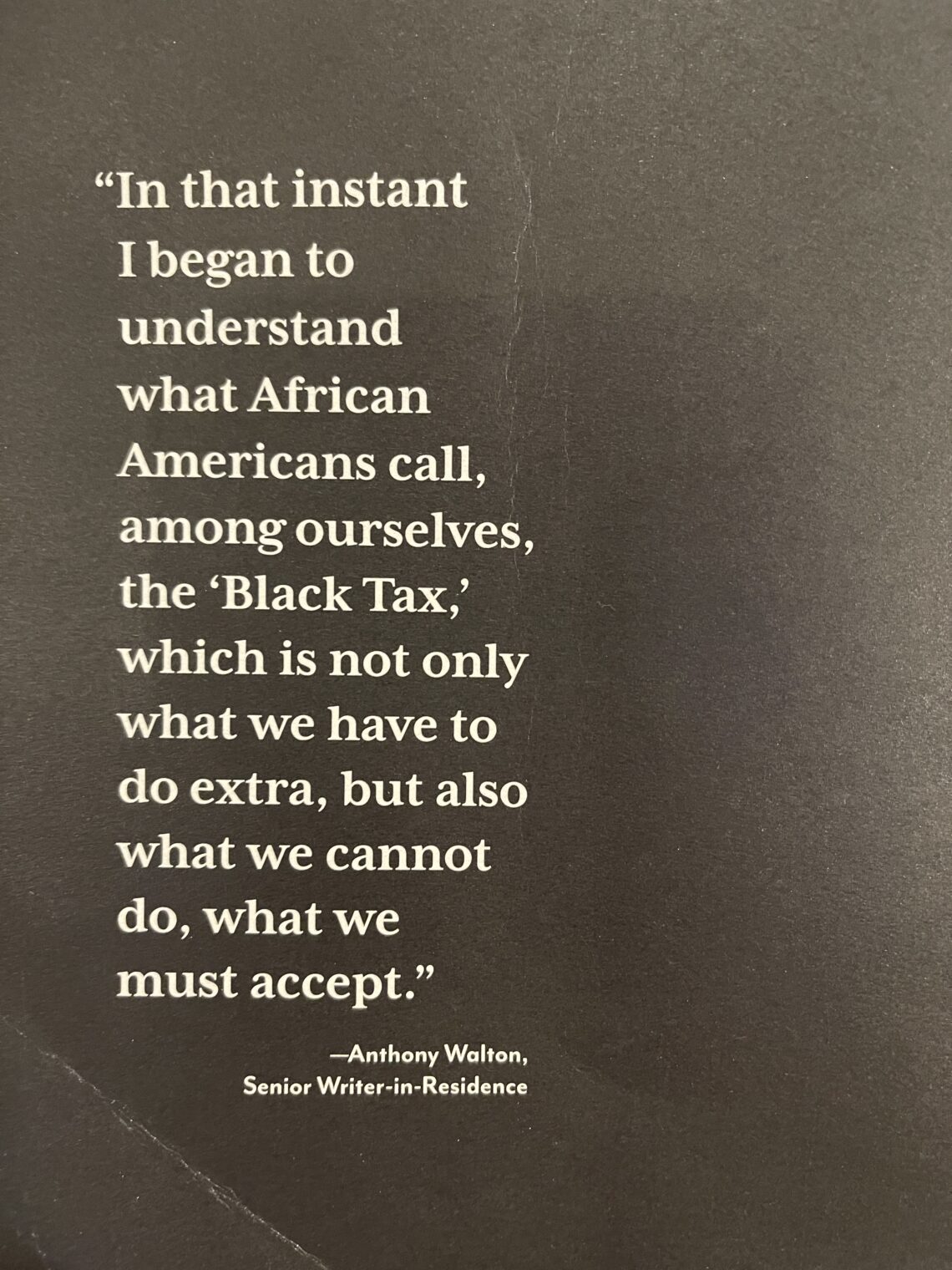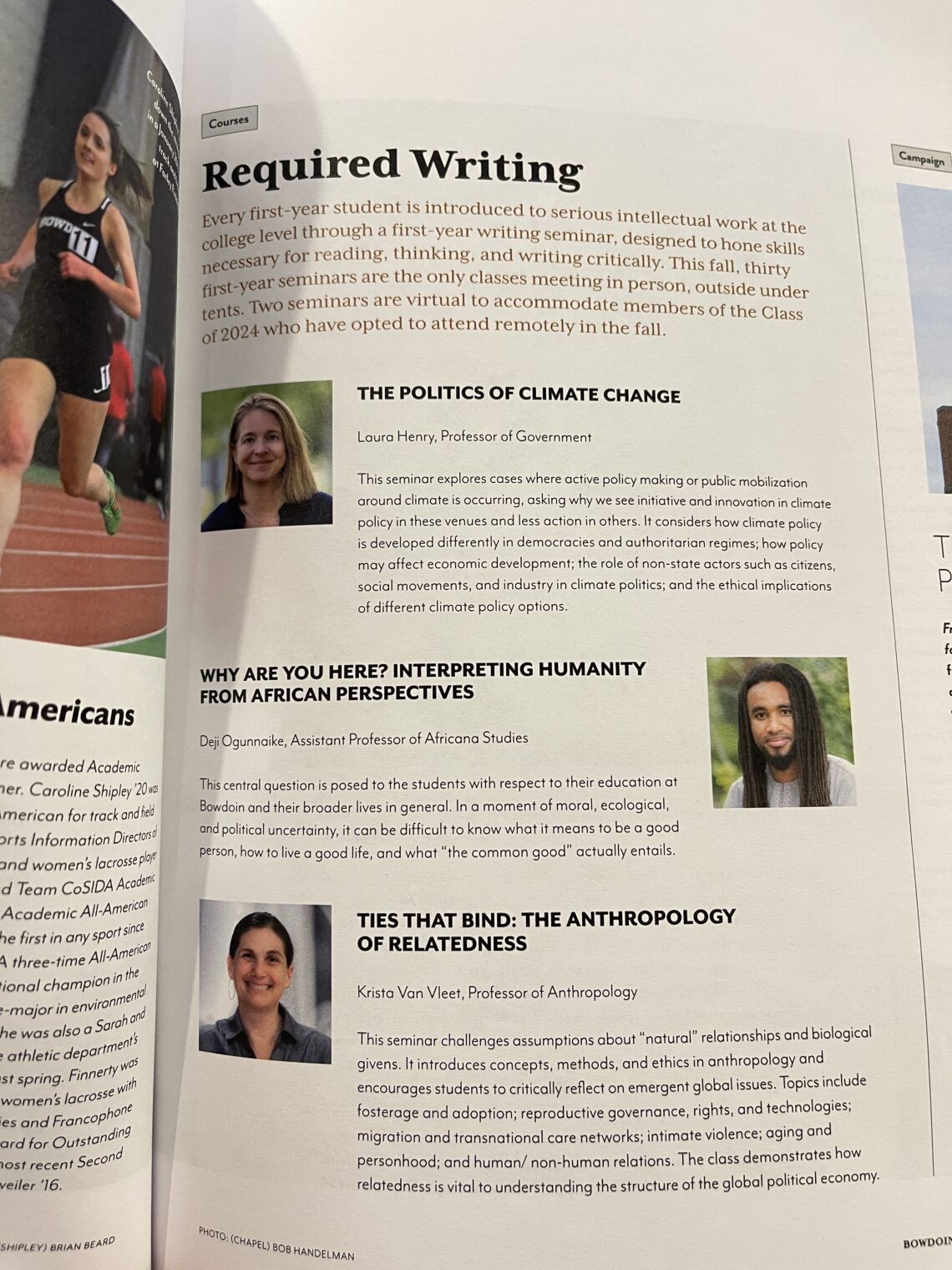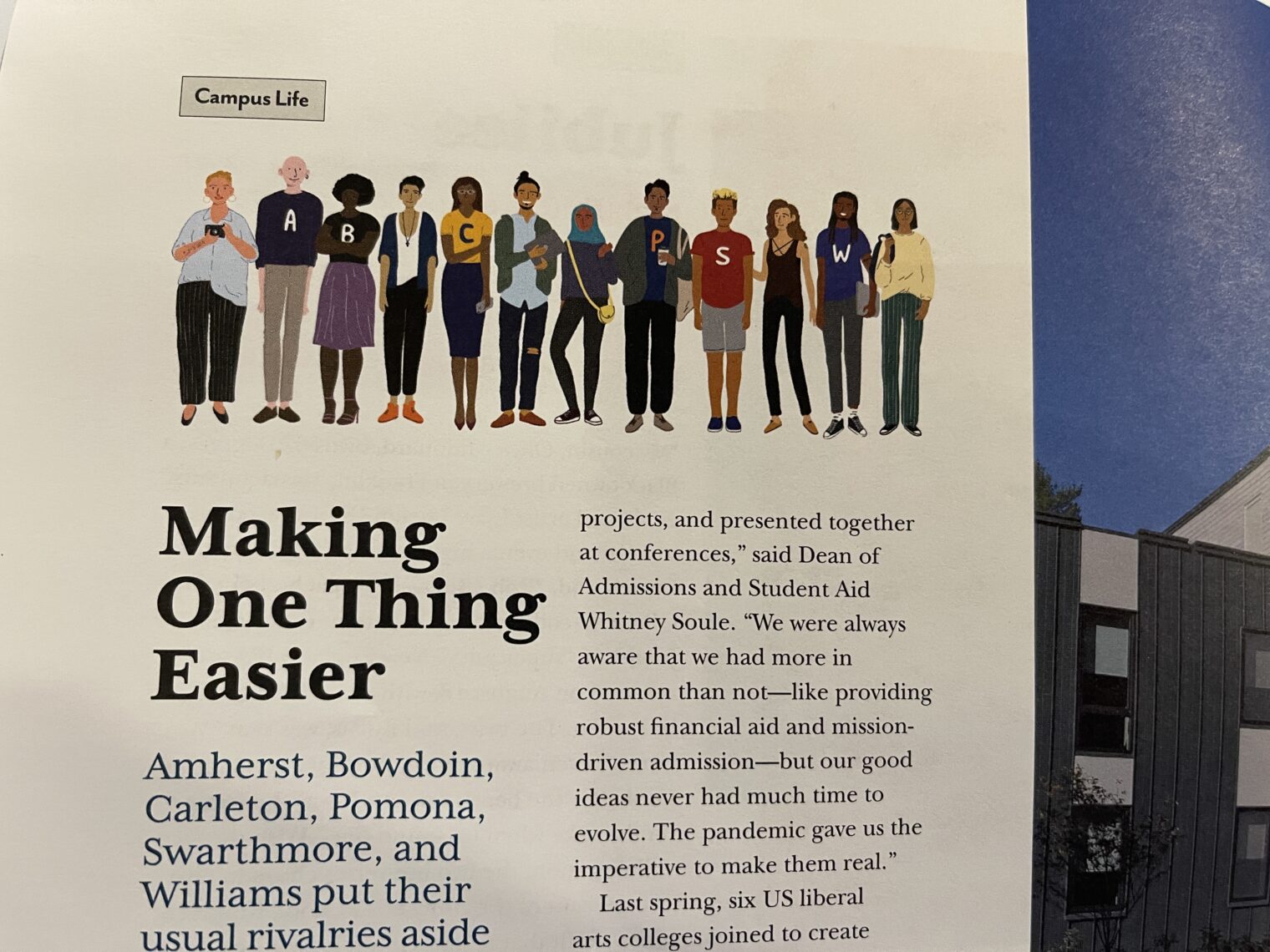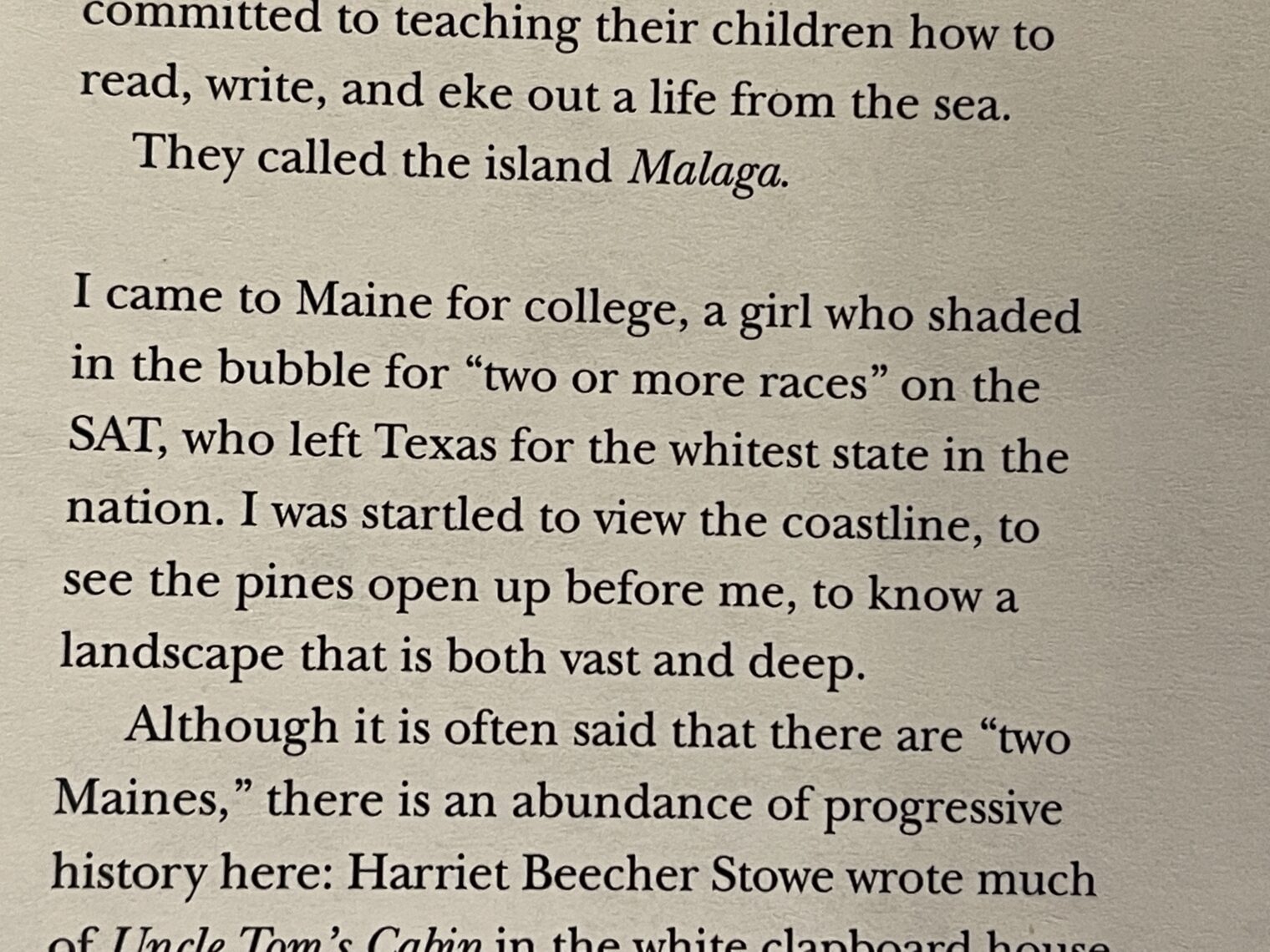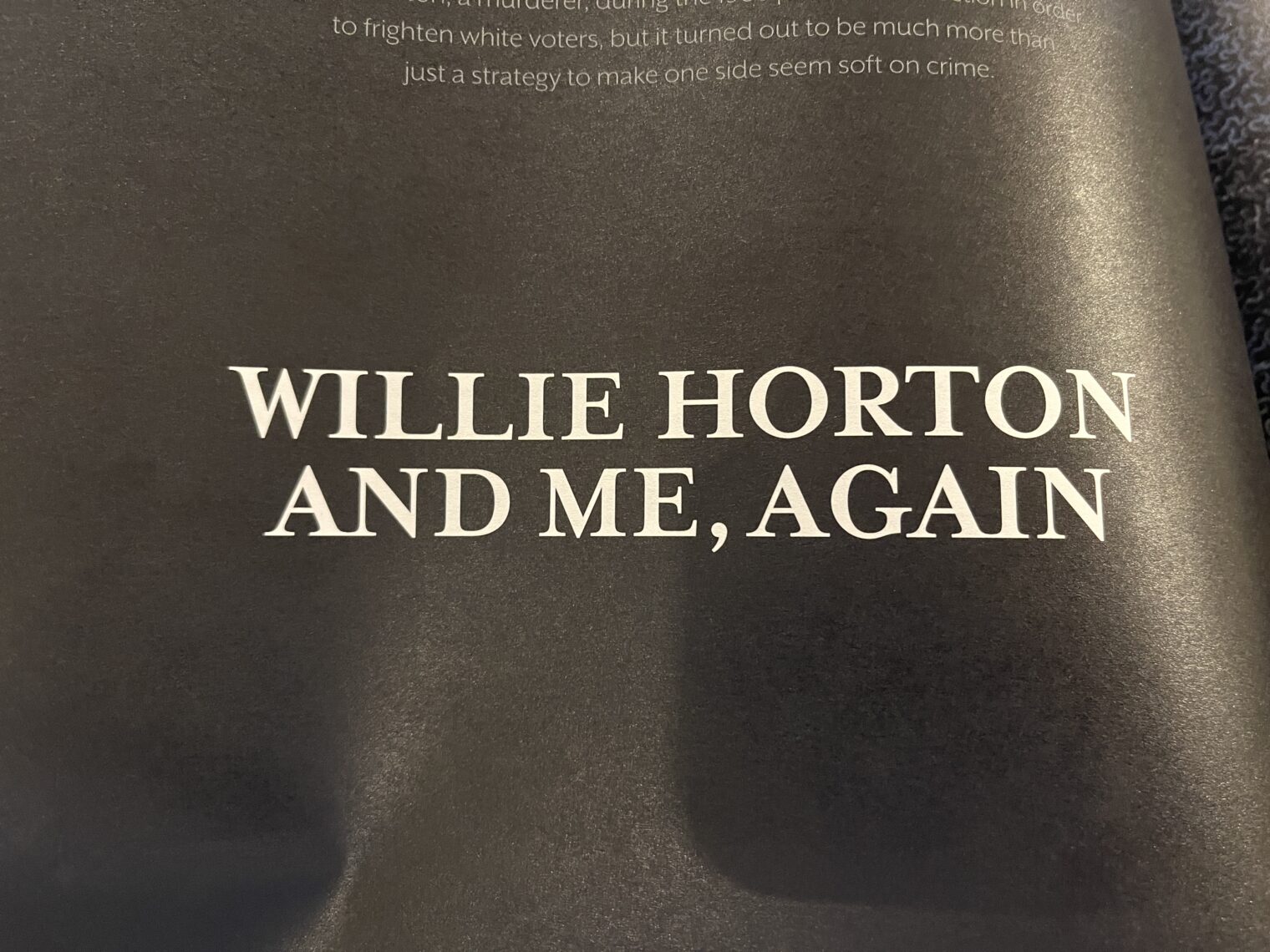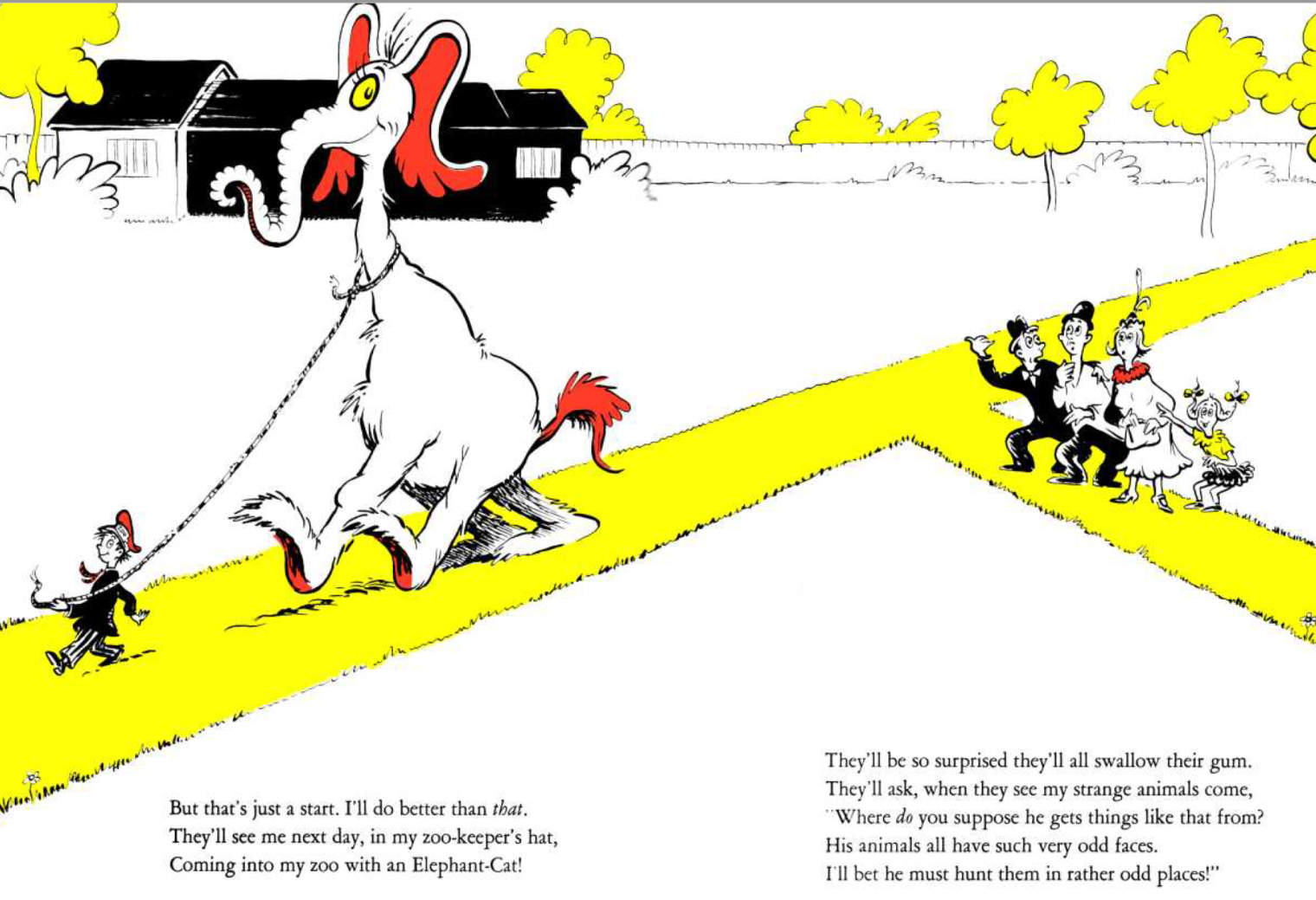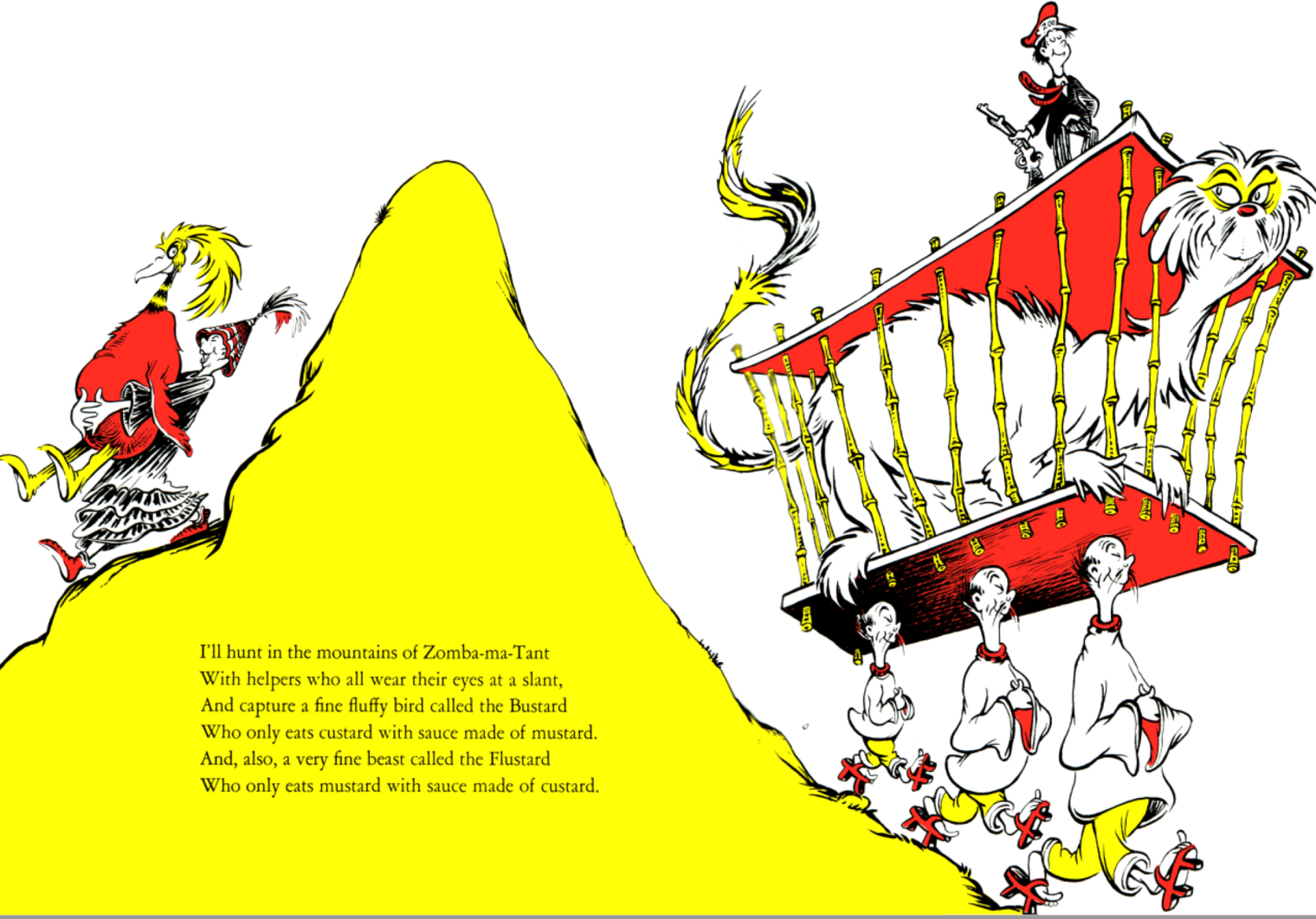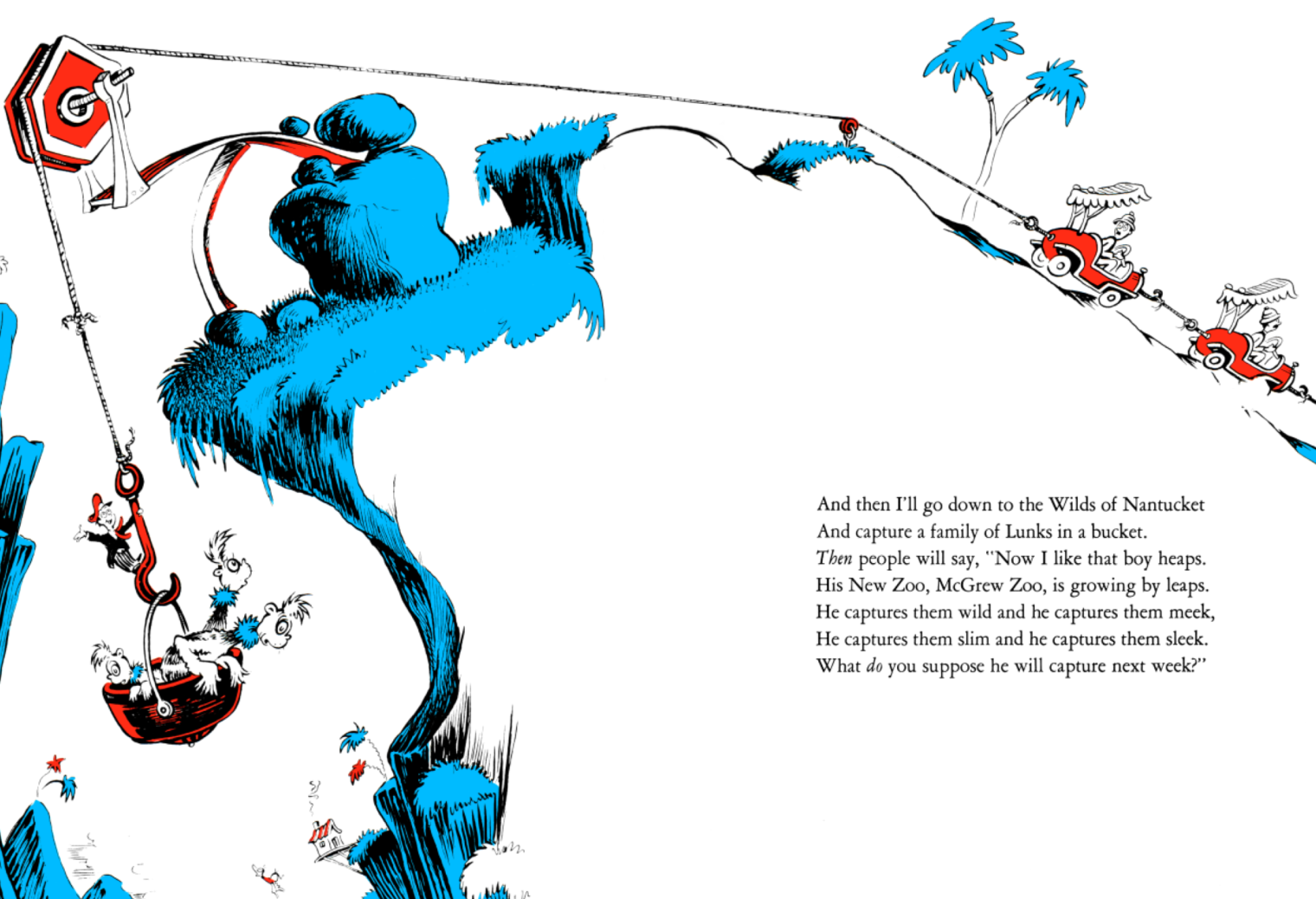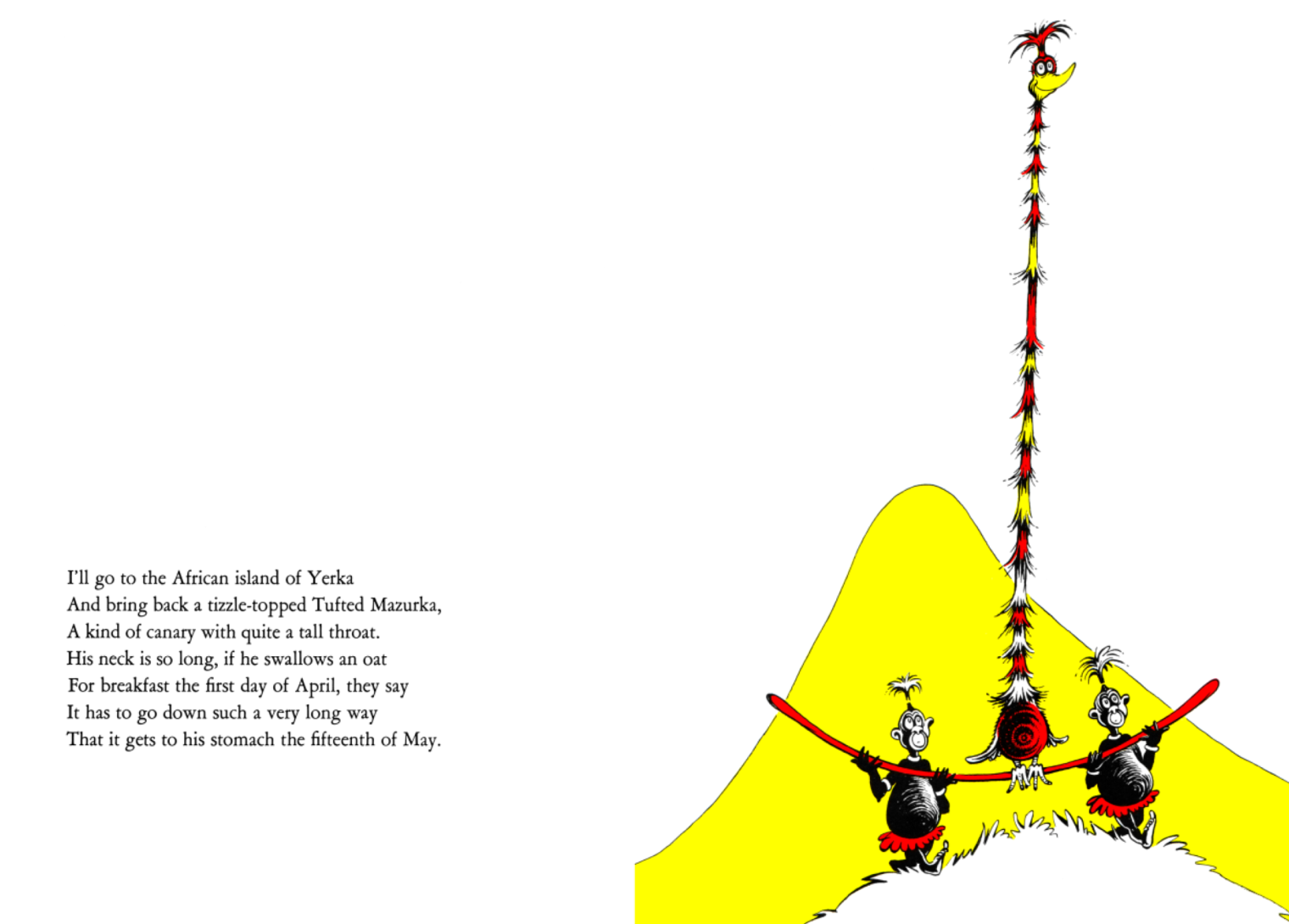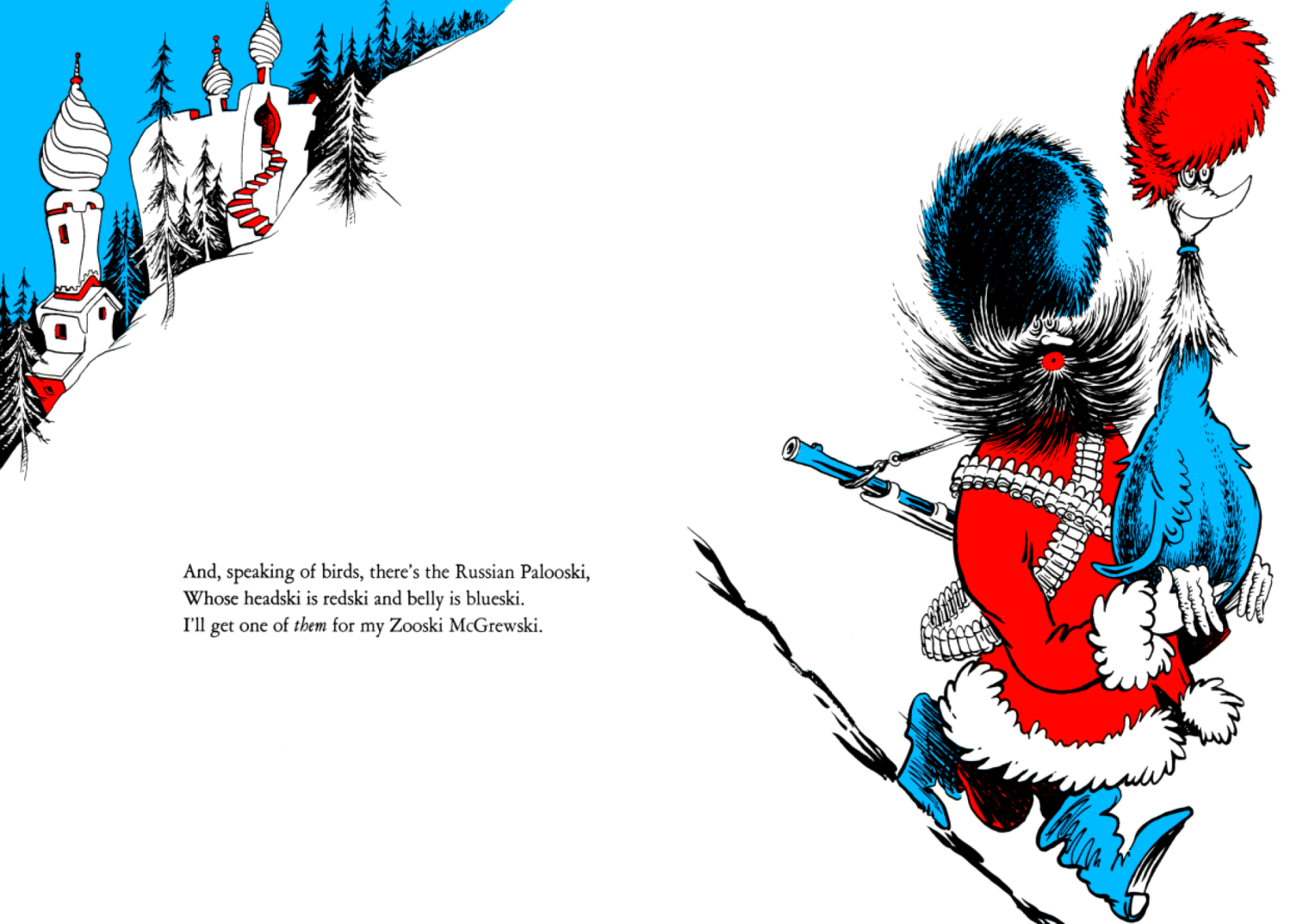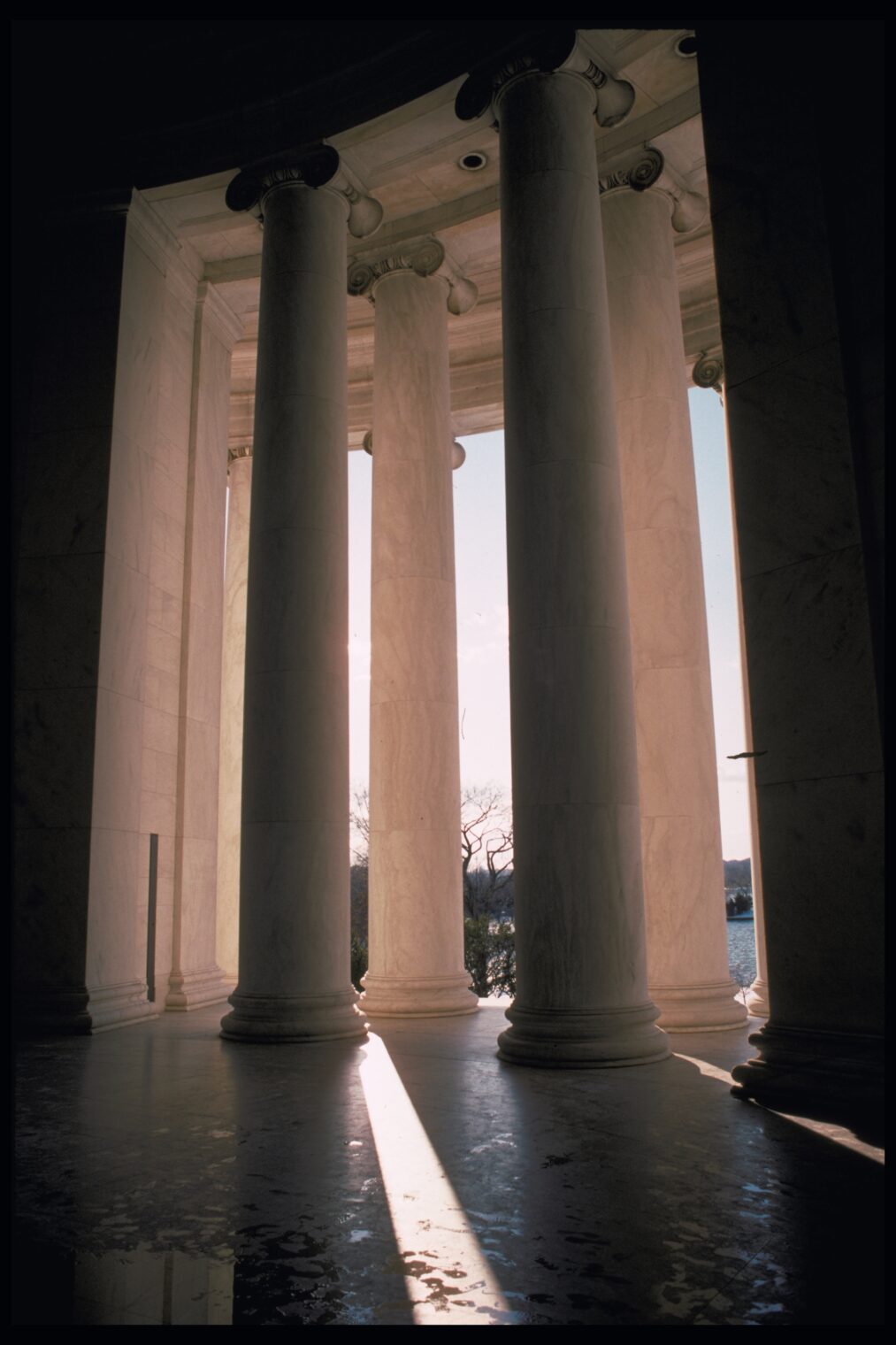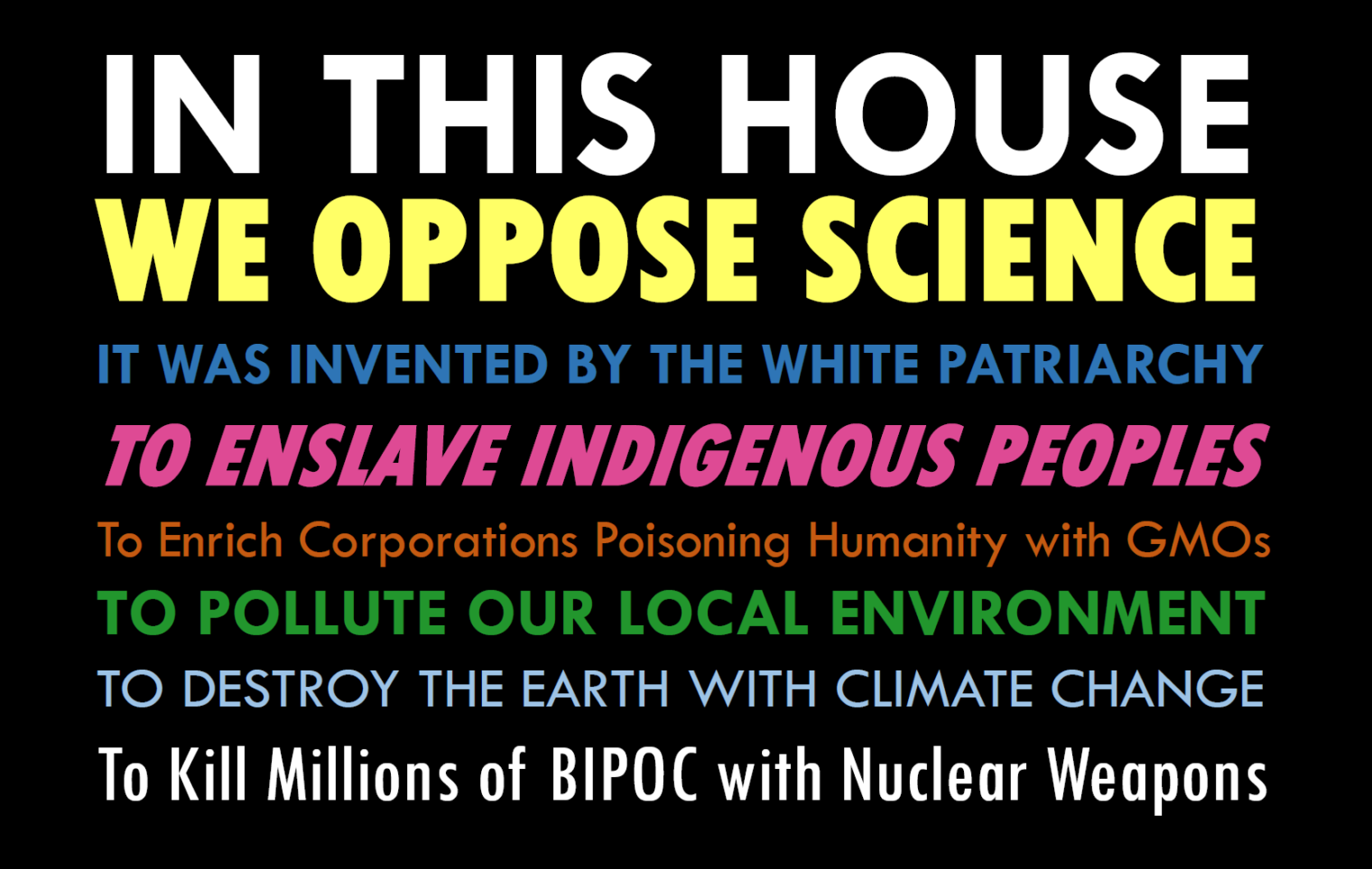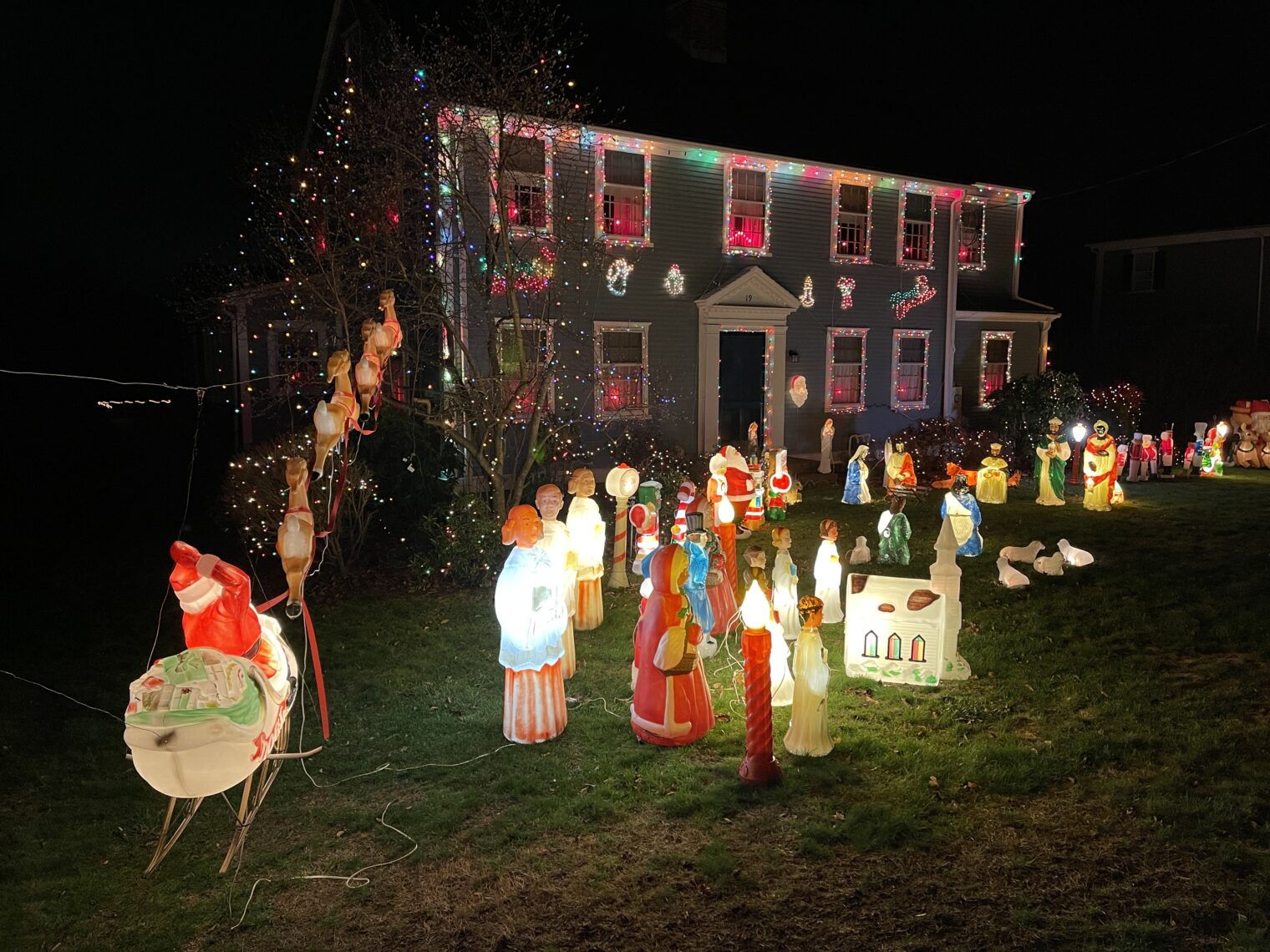The mostly-non-white liberal arts college in Maine
We received a copy of Bowdoin magazine, the official publication of the liberal arts college in Brunswick, Maine featured in these aerial photos. I emailed the intended recipient, an alumna of this $72,000/year school:
From reading your alumni magazine and looking at the photos, I learned that Bowdoin has 0% white male students, graduates, and faculty.
The front and back covers:
There is a white person among the illustrator’s conception of students at elite schools, but the gender ID is unclear (big earring in one ear; female fashion model-style legs?):
No better place to learn about Africa than the central Maine coast:
Choosing to live in an all-white state means that you can “fight for [racial inequity] causes” by putting a sign on your lawn (text at top left):
From a student who has some ancestry from India:
(Her parents might be hoping that she isn’t able to deliver on her “progressive” goals, at least with respect to taxation. Indian-Americans have a median household income that is 2X what white Americans earn.)
A professor writes about Willie Horton:
Anthony Walton, Bowdoin professor:
Hide in home bunker from COVID-19. Watch direct deposit paychecks pile up.
His self-designated doppelganger, from Wikipedia:
William R. Horton (born August 12, 1951) is an American convicted felon who, while serving a life sentence for murder (without the possibility of parole), was the beneficiary of a Massachusetts weekend furlough program. He did not return from his furlough, and ultimately committed assault, armed robbery, and rape before being captured and sentenced in Maryland where he remains incarcerated.
What else is in here? Alumni created a “beer celebrating racial justice” (but where does racial justice exist?). “Maine outlawed racial slurs as place names in 1977,” but five Maine islands were only renamed in 2020 (43 years after the law was passed). “In 2019, Maine passed a law banning Native American mascots” (e.g., a school with a sports team named after a tribe).
Full post, including comments